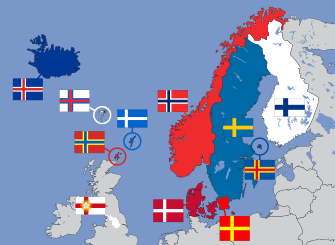TALLINN, Estonia (CHATNEWSTV) — Estonia, Latvia, and Lithuania successfully disconnected their power systems from Russia’s IPS/UPS grid on Saturday at 9:09 a.m., marking a major step toward energy independence.
Elering, Augstsprieguma tīkls (AST), and Litgrid, the electricity transmission operators of the three Baltic nations, are now running in “island mode” as part of an isolated operation test before synchronizing with the Continental European grid.
The disconnection had no impact on consumers, with officials confirming the systems remain stable. During the test phase, electricity demand is being met through local power plants and interconnectors with Poland, Sweden, and Finland.
The Baltic States are set to complete their synchronisation with the Continental European Synchronous Area (CESA) on Feb. 9. Once connected, they will join a grid serving more than 400 million consumers across 26 countries.
“This is a historic step for our energy security,” a Baltic transmission operator spokesperson said.
“Synchronisation with Europe will ensure stable and independent frequency control.”
The European Union and ENTSO-E, the association of European transmission operators, have supported the transition through infrastructure investments, technical assistance, and operational backing. The project is co-financed by the EU.
For decades, the Baltic electricity grids remained integrated with Russia’s IPS/UPS system, a legacy of the Soviet era. The shift to CESA enhances regional energy security and reduces dependence on Moscow.




